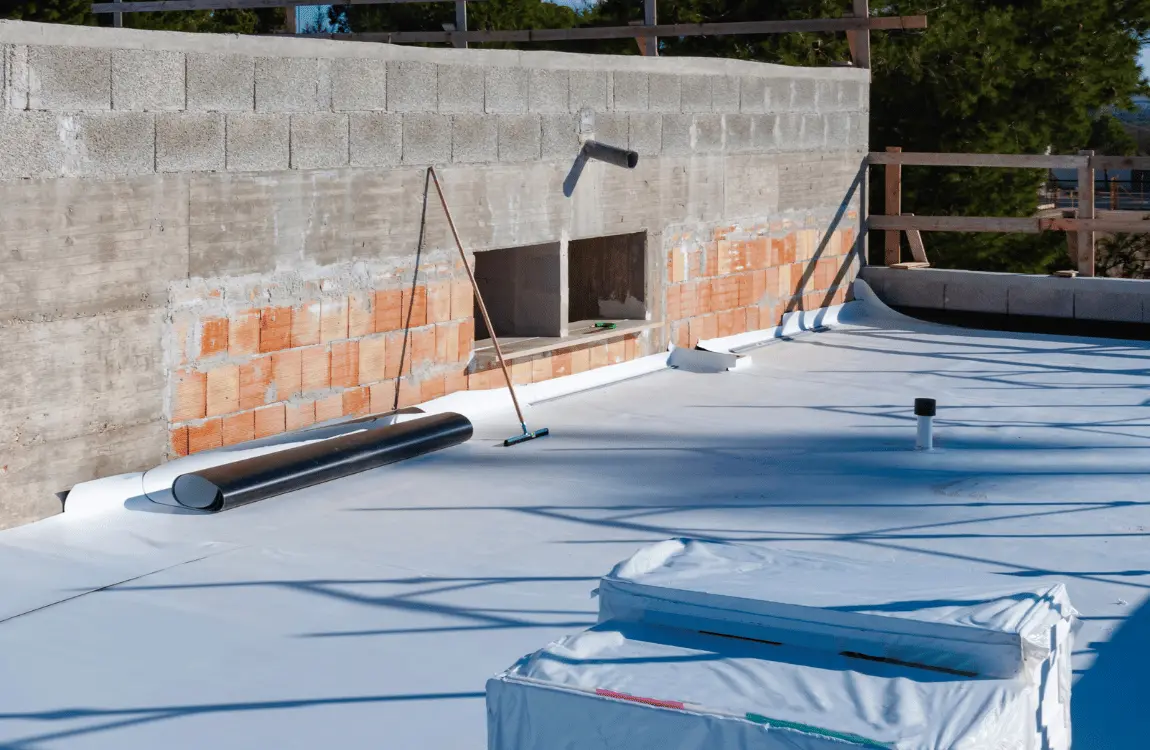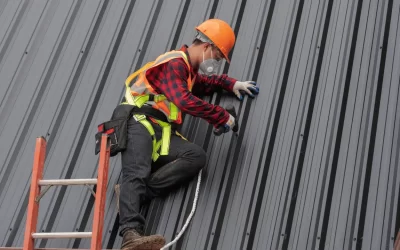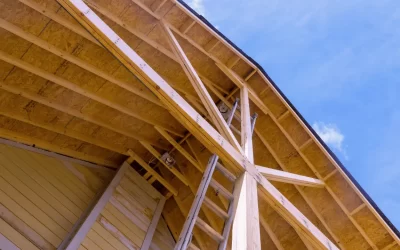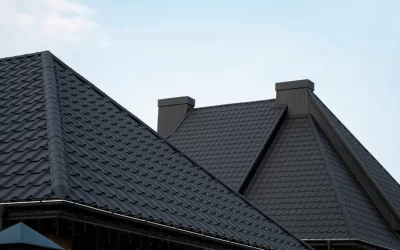TPO roofing is a relatively common material in the industry. It has been around for decades, and over time, it has improved with evolved engineering and chemical formulas. Now, it’s one of the fastest-growing roofing systems, known for its superior performance on flat roofs. Knowing the advantages and disadvantages will help you make an informed decision when you plan to get TPO roofing for your home.
What is TPO roofing?
TPO, or Thermoplastic Polyolefin roofing, is a type of roofing material with a single-ply design. It’s known for durability, energy efficiency, and cost-effectiveness. The primary component of TPO is polypropylene, an elastic and durable material primarily used for industrial and household products. Additionally, there is ethylene-propylene rubber, which helps to withstand pressure and harsh weather. In today’s market, TPO roofing is an affordable and more energy-efficient alternative to PVC roofing, suitable for both residential and commercial projects. It uses heat welding or adhesives for installation, giving you a seamless and watertight roof.
How long does TPO roofing last?
TPO roofing lasts 15 to 30 years, with various factors affecting the longevity. First, proper installation is the key to keeping TPO roofing in place and ensuring optimal performance. Then, the weather conditions in your area can affect the durability of TPO roofing. Lastly, regular maintenance and inspection can help you get the most out of your TPO roof.
What are the advantages and disadvantages of TPO roofing?
Advantages
- TPO roofing is relatively cost-efficient compared to similar roofing options available on the market, such as PVC or EPDM.
- TPO roofing is considered a durable roofing material due to its flexibility. Ethylene-propylene rubber allows it to expand, dealing with the contraction of building more efficiently. The roof is installed with heat weld, so it’s stronger than conventional glued or taped seams. Heat-welded seams also make it easier to find and repair any leakage.
- TPO roofing usually comes in white or light colors, allowing it to reflect heat, keep your home cool, and reduce the electric bill.
- TPO is 100% recyclable and doesn’t contain chlorine, making it environmentally friendly.
Disadvantages
- White and light-colored surfaces easily catch dirt, making it less appealing visually.
- The chemical formula and engineering behind TPO roofing have changed over the decades, making its performance a bit unpredictable.
- In states where high heat and intense UV radiation are common, the seams of TPO roofing may fail.
Long Island Roof Repair Pros: Roofing Experts at Your Service
If you’re planning to get TPO roofing for your home, look no further, as our experts at Long Island Roof Repair Pros are ready to help you. Our team consists of skilled professionals with years of experience in TPO roofing installation. You’ll get customized suggestions, TPO roof selection guidance, and quality installation to get the best roofing service for your home. So, if you’re ready to experience the benefits of TPO roofing, Contact us today at 516-271-4177, and let us elevate your roof!





0 Comments